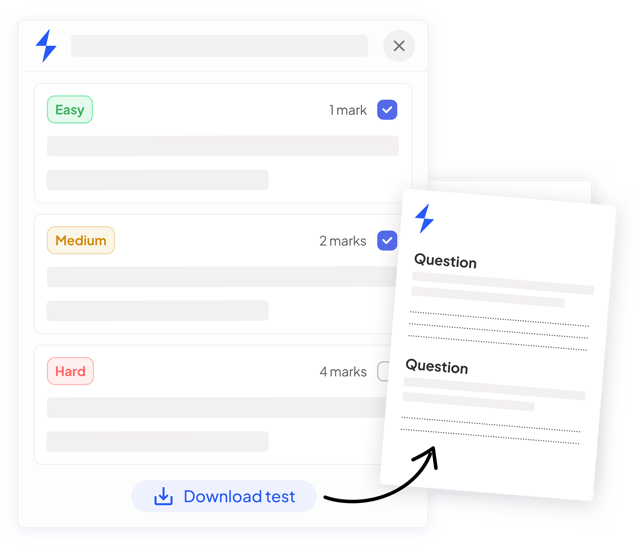Electric Current & Electron Flow (OCR A Level Physics): Revision Note
Exam code: H556
Defining Current
Electric current is the rate of flow of charge carriers
This is defined as the movement of
Electrons in metals
Ions in electrolytes
Electrons in Metals
In metals, such as copper, mercury and titanium, the charge that flows is electrons
The metal ions are closely packed and arranged in a crystal lattice structure
The atoms have many free (delocalised) electrons that are free to move
Free electrons make metals good conductors of electricity
When a conductor is exposed to a potential difference, the free electrons flow
Free electrons are negatively charged, so they flow toward the positive terminal
This flow of free electrons is current

Free electrons in metal create current
Ions in Electrolytes
Ions are atoms that have lost or gained an electron
Anions have a negative charge because they have gained an electron
Cations have a positive charge because they have lost an electron
An electrolyte is an electrically conducting solution
The charge carriers are not electrons, but cations and anions
An example of an electrolyte is copper sulfate dissolved in water

Anions are attracted to the anode and cations to the cathode
Current & Electron Flow
In electrical wires, the current is a flow of electrons
Electrons are negatively charged; they flow away from the negative terminal of a cell towards the positive terminal
Conventional current is defined as the flow of positive charge
It is the direction that positive charge would flow if was positive charge that moved around the circuit (this is what scientists thought was happening before the electron was discovered)
Conventional current flows from the positive terminal of a cell to the negative terminal
This is the opposite to the direction of electron flow

By definition, conventional current always goes from positive to negative (even through electrons go the other way)
Ready to test your students on this topic?
- Create exam-aligned tests in minutes
- Differentiate easily with tiered difficulty
- Trusted for all assessment types

Did this page help you?